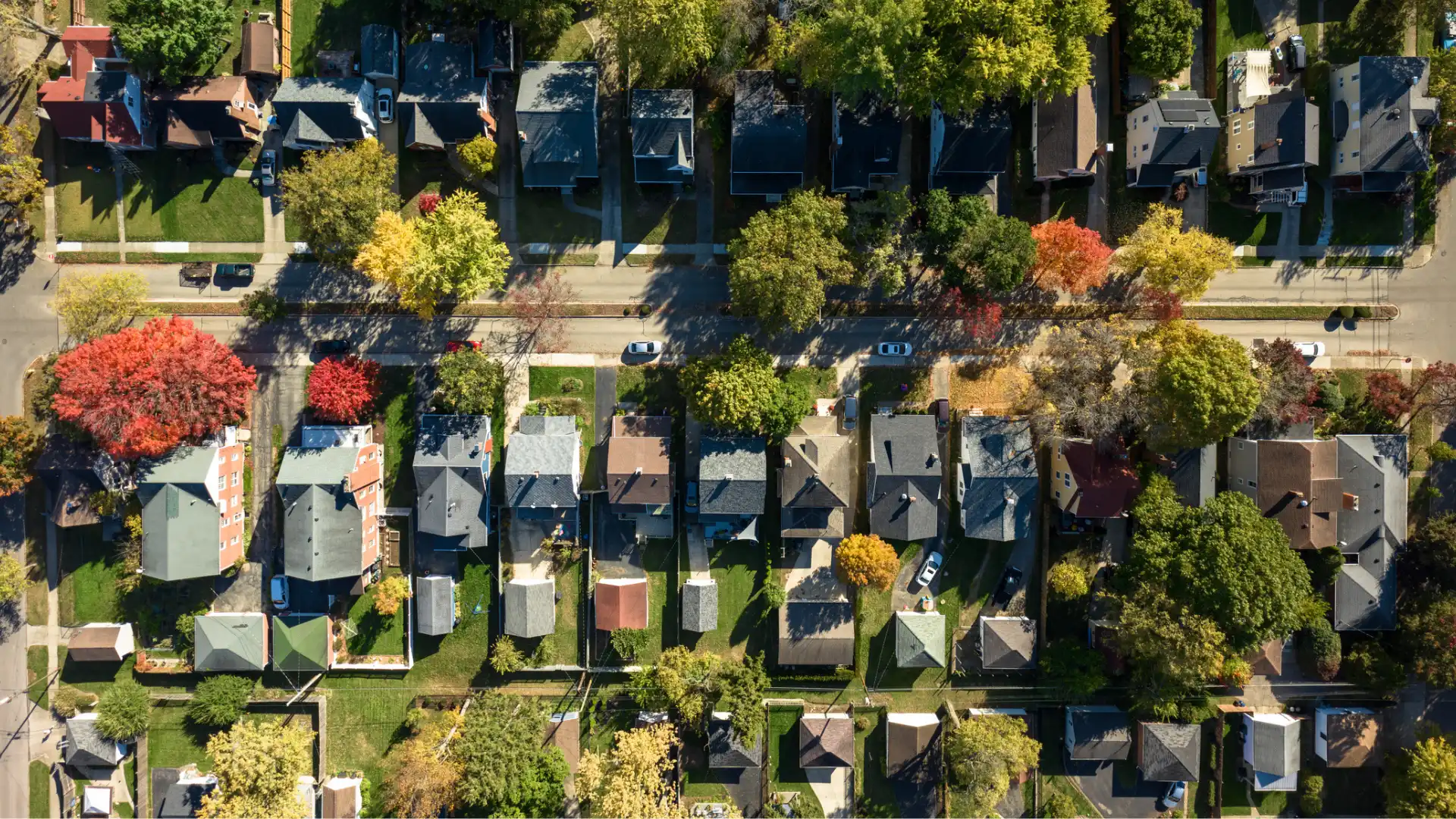Why the Triangle real estate market is in a great place

Despite economic uncertainty from tariff wars looming, the Triangle real estate market is booming and showing no signs of slowing down. An economic report from Milken Institute ranked Raleigh the Best Performing Large City for its economic growth, which is bringing thousands of new residents to the area each year. And that’s keeping demand high across the region.
We are fortunate in the Triangle to be in a bit of a bubble that protects us from what much of the rest of the United States feels. That puts buyers and sellers in a great spot to find a new home in the Triangle this year. If you’re considering buying or selling, here’s what you should think about as you go into any transaction.
The market is in its spring rush
The Triangle real estate market did more than gain steam as spring began. According to data from doorifyMLS, things took off in March as inventory increased. Both new listings and closed sales increased by over 25 percent compared to February. In fact, March 2025 closed with 8,099 homes listed across the region and 2,890 closed sales, which puts the region’s months’ supply of inventory at 2.8 months, down from 3.3 months in February. Healthy markets require between four to six months of inventory, which means the area still needs significantly more homes to meet demand.
Another key indicator of the success of the current market is the median days on market. Homes sat on the market in February for an average of 38 days. By the end of March, that number had moved to just 28 days. Expect the days-on-market number to continue to shrink as summer ramps up, which puts sellers in the driver’s seat in the Triangle.

Mortgage rates are stable
Economic uncertainty has had a slight effect on mortgage rates, which had already begun slowly dropping through the start of the year. That uncertainty might tamper with expectations of what mortgage rates were expected to look like this year. Rates were expected to drop slowly through 2025; however, an economic turndown might help rates drop faster. That means buyers shouldn’t wait to make an offer on a home.
If rates begin to drop into the rest of the year, keep in mind that you can always refinance down the road. Lower mortgage rates bring higher demand, which can drive up the cost of homes — especially as summer nears. It’s smarter to buy before the summer rush begins. Talk to a local lender like Towne Mortgage of the Carolinas or North State Bank to create a budget that works for your needs before you start house hunting.
Standing inventory may help protect your bottom line
A tariff battle between countries has caused uncertainty with builders who purchase lumber, steel, accessories, and appliances from non-U.S. companies. The good news is that builders have been building across the Triangle to meet demand, and there are numerous opportunities across the region to take advantage of that inventory.
If you’re concerned tariffs will drive up costs, consider looking at the inventory of new construction homes that are currently available across the Triangle. Many builders are currently offering incentives like interest rate buydowns, cash toward closing, and other options to help buyers get into new homes more easily. It can be to your advantage to purchase before the market corrects for tariffs.
It’s possible to get creative with offers
If you’re considering buying a pre-existing home that is listed on the market, you may be able to negotiate terms that are beneficial to your needs. For example, you can ask about including the home’s appliances in your purchase, which would prevent you from worrying about increased prices from tariffs.
Talk to your agent and lender about the options that may be available to you as you look for a new home. They can help you figure out what may benefit you as you search for the right home.

Builders will adapt
During the COVID-19 pandemic, supply chain issues kept homes across the United States from being completed. That was the case in the Triangle, too, where builders couldn’t keep up with demand because everything from doors and windows to lumber to doorknobs was unavailable for months.
The pandemic kept builders on their toes, but they quickly adapted, which helped the Triangle get to where it is today. The region’s builders are already considering how they may need to adapt to ensure the Triangle real estate market has the necessary inventory to keep up with demand without raising prices significantly.
Final thoughts
The need for homes in the Triangle is keeping the area’s real estate market thriving. Despite the uncertainty in the market outside of North Carolina, buying a home in the area will always be a wise investment. It’s important to find a qualified agent and to talk to your lender to determine how you can find the right budget for your needs. But once you’re in a home, it will be well worth it as you do your part to help the region continue to grow.



